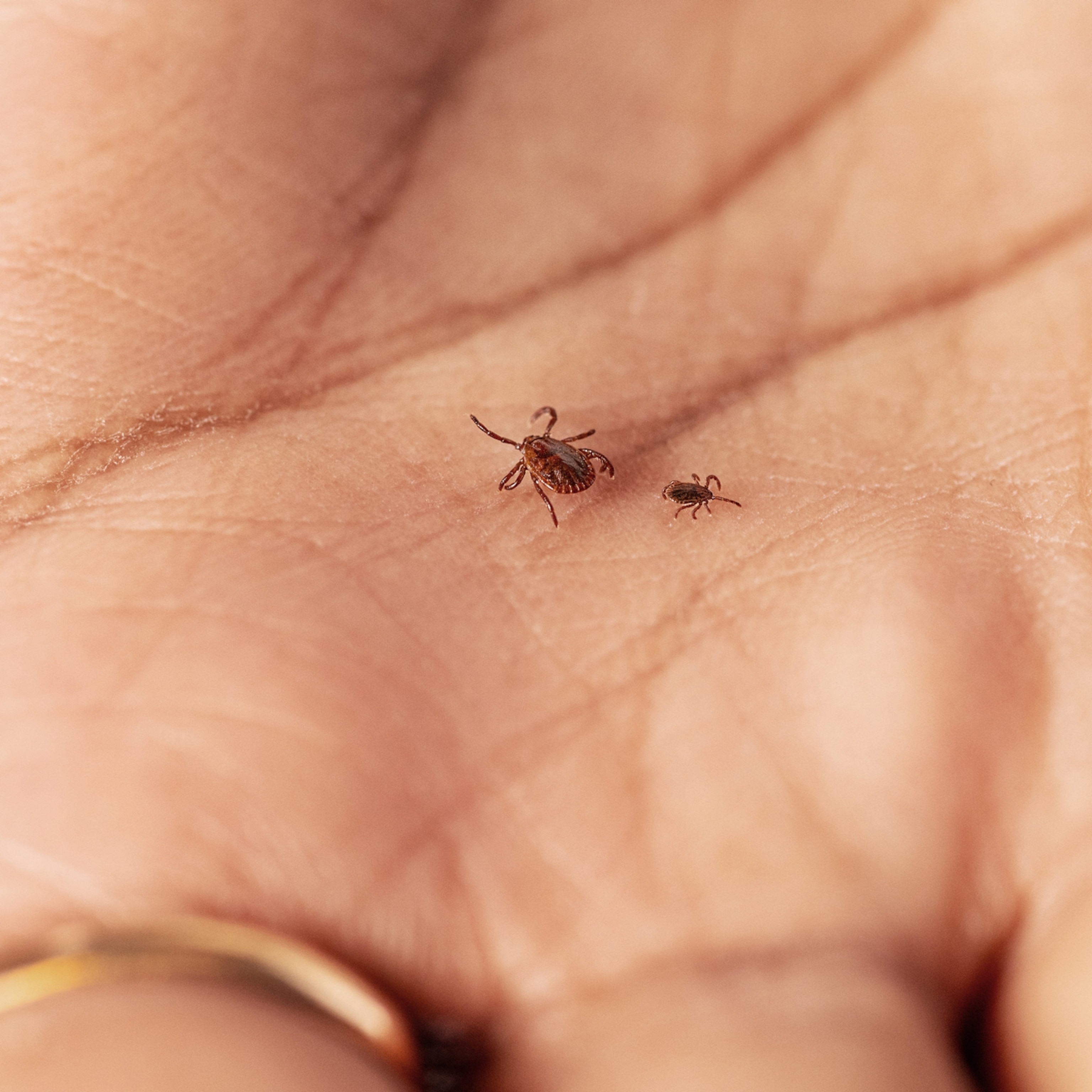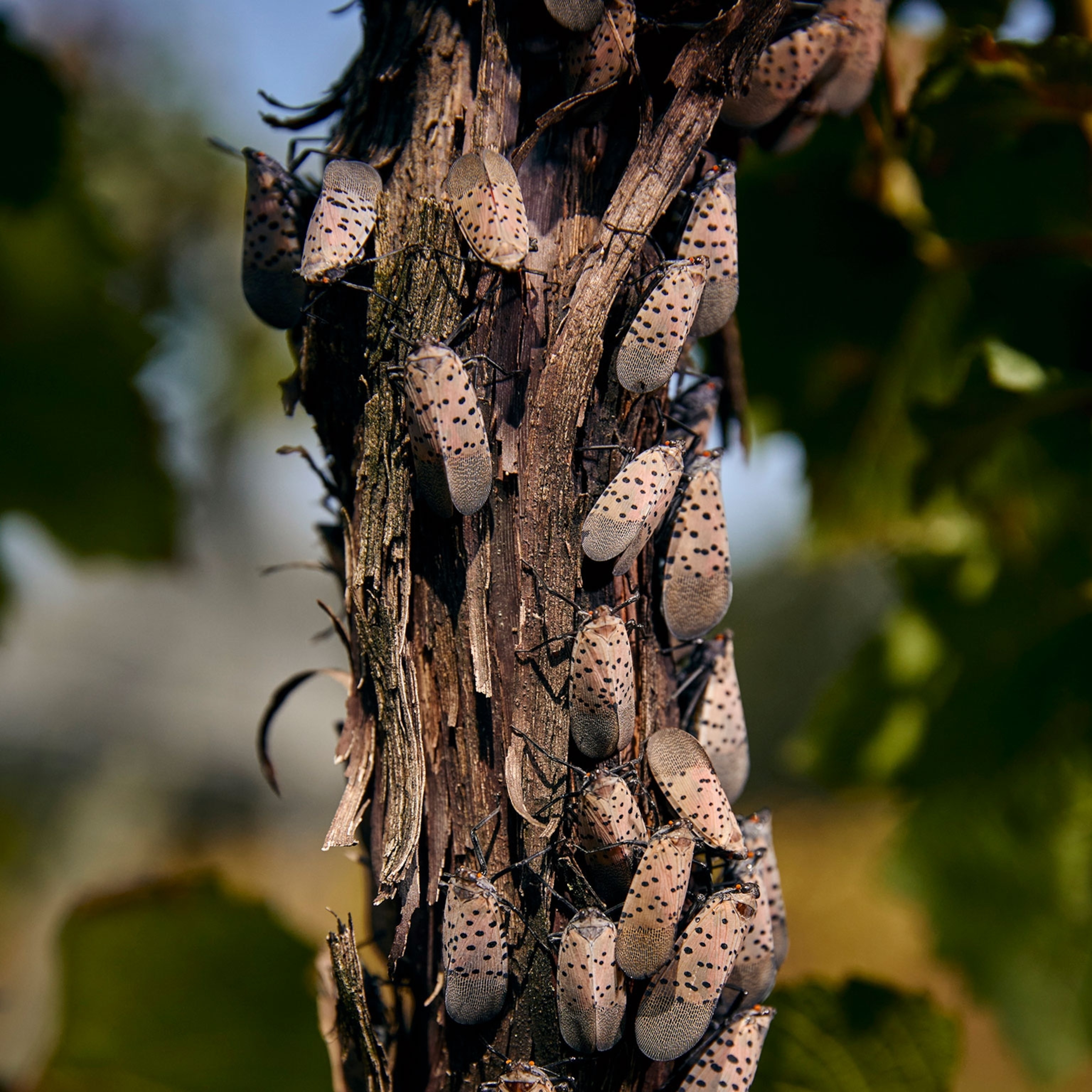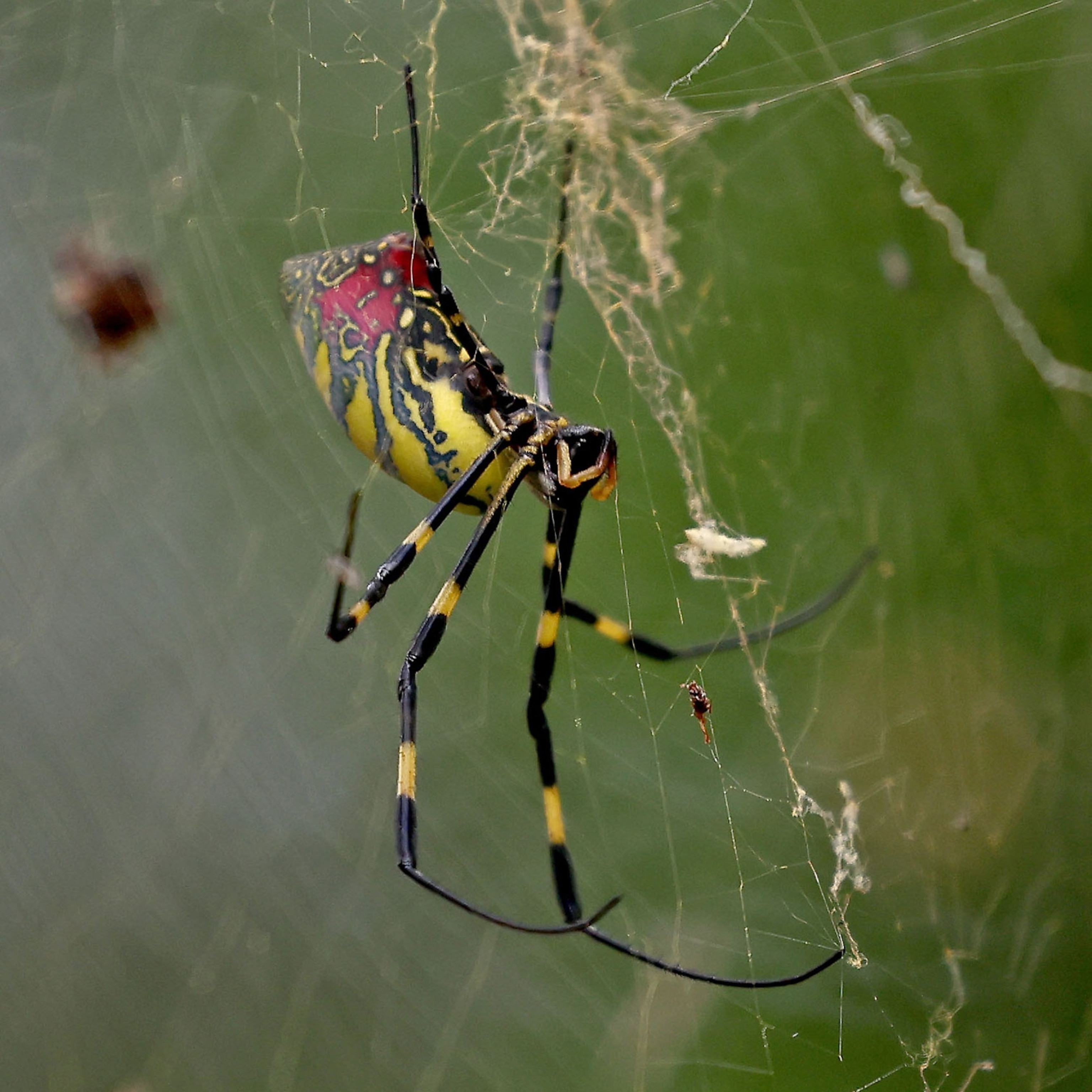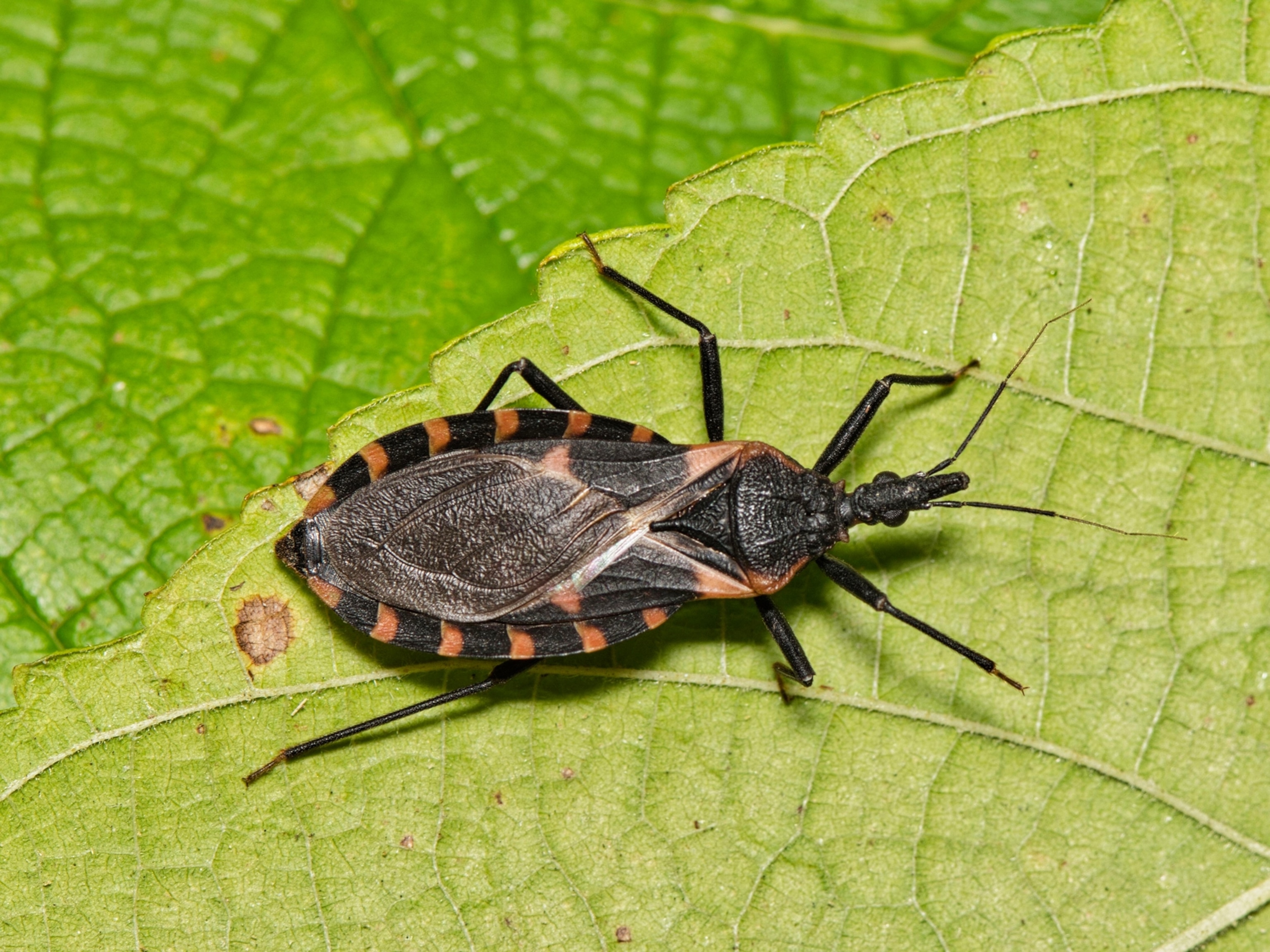
Genetic Engineering to the Rescue Against Invasive Species?
Scientists call for a public discussion on development of emerging "gene drive" technology.
Genes for swatting tiger mosquitoes, defanging brown tree snakes, and deporting Asian carp, all nasty invasive species, sound like a swell idea. But the latest idea in eradication—genetic engineering—poses its own risks, warn biotechnology experts.
Invasive species wreak havoc worldwide, disrupting native ecosystems and inflicting more than $120 billion in damages annually in the U.S. alone. Many economically—and environmentally—damaging species, such as those mosquitoes, snakes, and carp, defy removal with existing technology.
But there is good news. "Gene drives"—which could trigger a precipitous decline in invasive species by tinkering with their genetic machinery—have arrived as a fast-maturing technology, an international team of scientists announced on Thursday.
"Once an invasive species arrives in a new habitat and is driving native species extinct, we don't necessarily have a lot of solutions to that. Gene drive technology could potentially cause local extinction [of the invasive species] and restore the original ecosystem," says Kevin Esvelt, a genetic engineer at Harvard University and an author of tandem papers published this week in Science and eLife.
But he and his colleagues warn that we should tread cautiously; otherwise, the new technology may blow up in our face. "We want to make sure this technology is used responsibly to solve problems facing humanity and the natural world," Esvelt says. (See "Why the 67 Giant Snails Seized in L.A. Are Harmful.")
How It Works
The technology starts by identifying a genetic alteration that could reduce pesticide resistance, hinder a population's ability to reproduce, or have some other desirable impact on the target species.
Scientists could then insert that alteration into the genome of an invasive species, but there is no guarantee that it will propagate.
This is where the gene drives come in. Essentially, they act as chauffeurs that can "drive" a genetic alteration through a population, says Esvelt.
In most animals, there are two versions of a gene and each one has a 50-50 chance of being passed on to the next generation.
But gene drives stack the deck, says Esvelt, making it much more likely that progeny will acquire an altered genetic element.
Genetic History
Gene drives are not new. In fact, the idea dates back to the 1940s.
But what is new is a technological innovation called CRISPR (clustered regularly interspaced short palindromic repeats), which gives genetic engineers a newfound ability to target very specific elements in the genome.
"CRISPR technology didn't exist two years ago," says Esvelt. "It is probably the hottest area of biotechnology right now because it is an incredibly versatile tool.
"We think that it can engineer the genes in any [sexually reproducing] species. It definitely can do it in a couple dozen, in the couple dozen that we've tried."
The technology opens the door to editing the genome of many—if not most—individuals in a wild population, simply by releasing a few transgenic individuals engineered to contain the CRISPR gene driver and the desired alteration of a targeted gene.
How will this trigger a population crash? The possible scenarios are varied and depend on the gene targeted.
One scenario involves altering a sex-determining gene to increase the likelihood that progeny are male. Females are much more valuable for population growth, so biasing the sex ratio toward males would put the population on a path to extinction.
Another possibility involves knocking out genes that are important for fertility. In this scenario, the infertility-causing genetic alteration would spread rapidly through the population when rare and would cause a population crash when abundant.
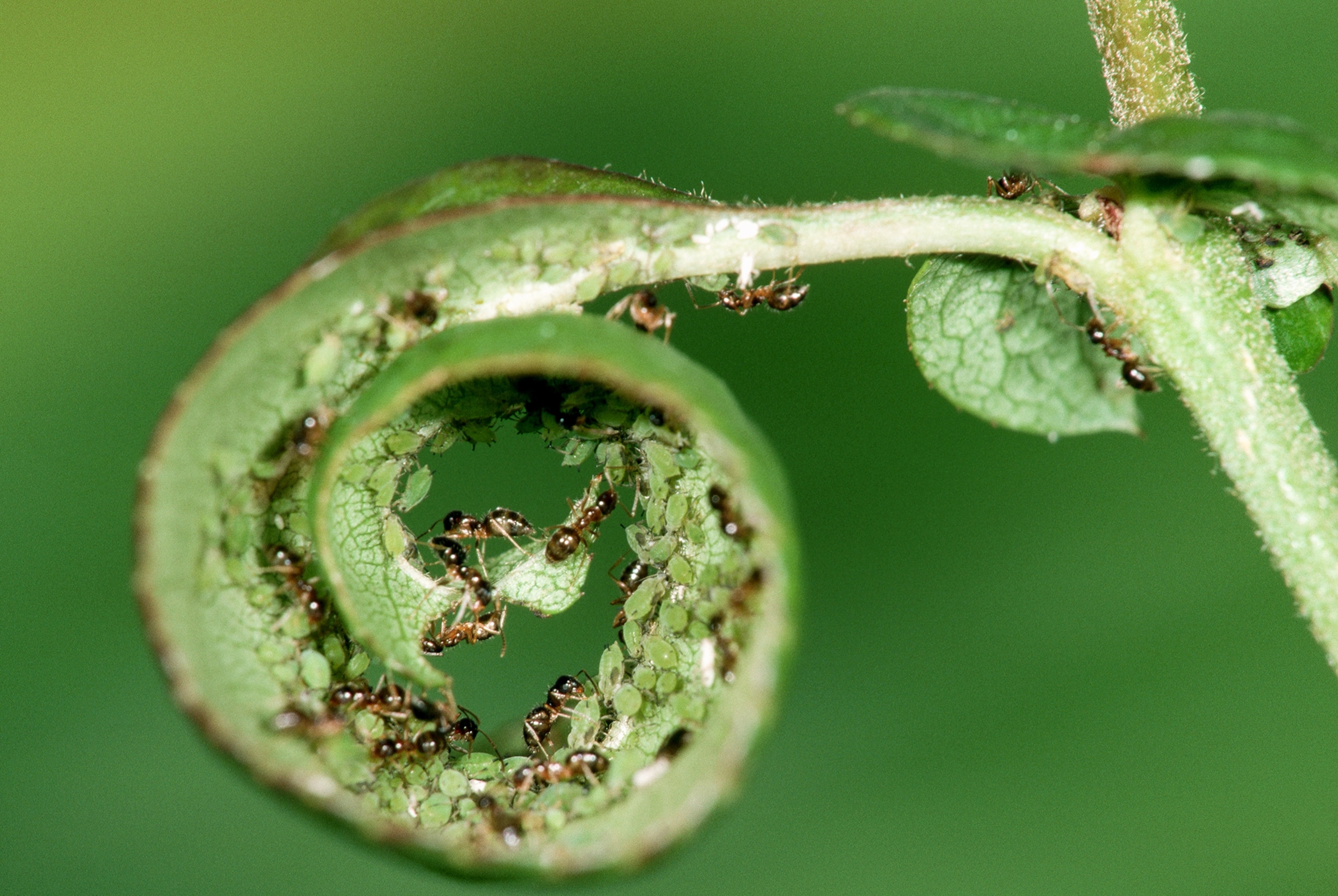
Potential Applications
The authors of the eLife paper write that "this advance would represent an entirely new approach to ecological engineering, with many potential applications relevant to human health, agriculture, biodiversity, and ecological science."
What's more, the list of species it could be applied to is nearly endless, from zebra mussels to black rats to Argentine ants.
The only limitations are that the species has to reproduce through sexual (rather than asexual) means, and it must do so quickly. (Gene drives wouldn't work on humans, for instance, because of the long time between our generations.)
So far, the technology has been most thoroughly developed for battling mosquitoes, but tests have been restricted to the lab. Esvelt estimates that we are a few years away from applying it to natural populations.
Much of the focus has centered on preventing outbreaks of malaria, a mosquito-borne disease that kills more than 600,000 people each year, mostly in Africa.
Similar methods could be used to eradicate mosquitoes in Hawaii, according to Esvelt. The insects are not native to the archipelago—having been introduced in the 1800s—and they carry avian malaria, a disease that has caused the extinction and endangerment of many native birds. Climate change is expected to increase the prevalence of malaria-carrying mosquitoes in high-elevation areas, where the only native bird populations remain, giving us a limited amount of time to find a solution.
Potential Pitfalls
The technology does come with risks, however.
For instance, "if the species that you are targeting [interbreeds] at some low level with other species that are native, then you have to consider the possibility that the [altered gene and associated drive] could be transferred," said Austin Burt, a geneticist at Imperial College London, who was not involved in the study.
There is also a possibility that the altered gene may undergo further changes once released into the wild population.
"We know that evolution does not stop," said James Collins, an evolutionary biologist at Arizona State University who was a co-author of the Science paper. "How can you ensure that the manipulations of the target will be the end of the story?"
He went on to say that "we can't go into this with a level of hubris where we think we can control these technologies in natural populations."
That was the impetus for opening discussion about the development of this exciting but potentially unpredictable technology.
Collins noted that, when it comes to putting gene drive technology to work in natural populations, "we haven't drawn the lines through the dots. But it looks like you can draw the lines through the dots, so now is the time to think about the implications of this technology."
He adds that the paper was developed in the spirit of "anticipatory governance, an argument that we as a society ought to be thinking about the ethical implications, legal implications, and societal implications of technology before it is developed.
"The unexpected result could be one that you really don't want to have happen."
Follow Katie Langin on Twitter.

